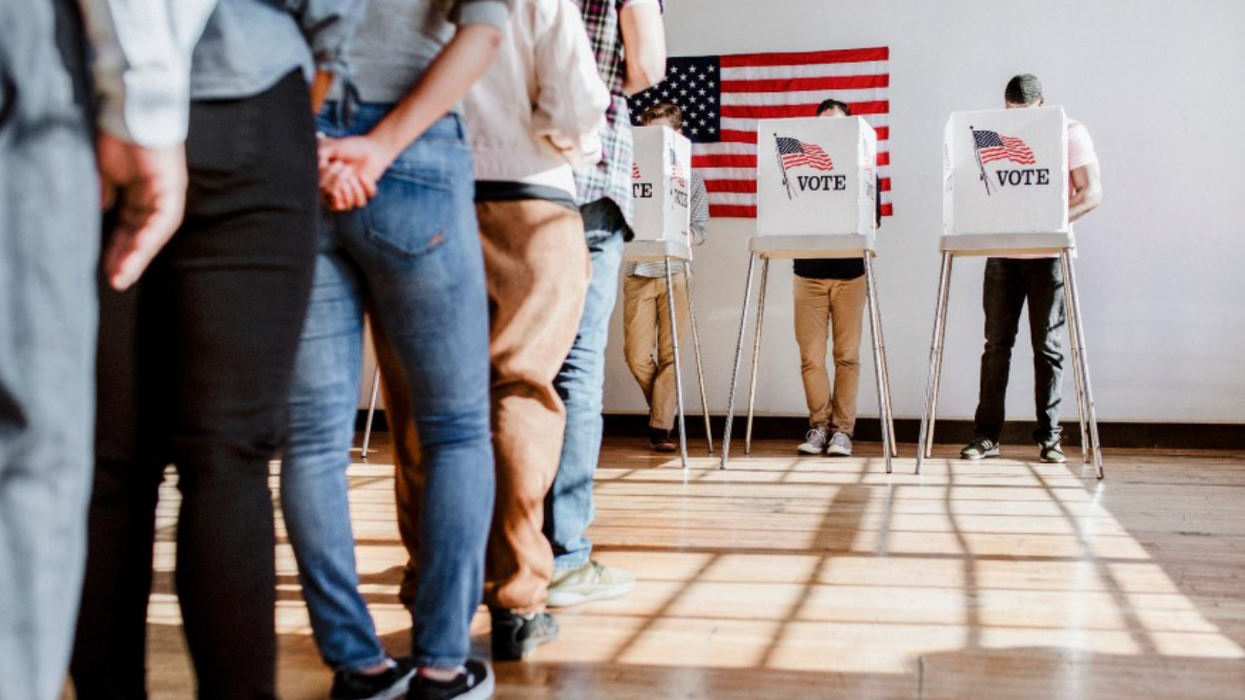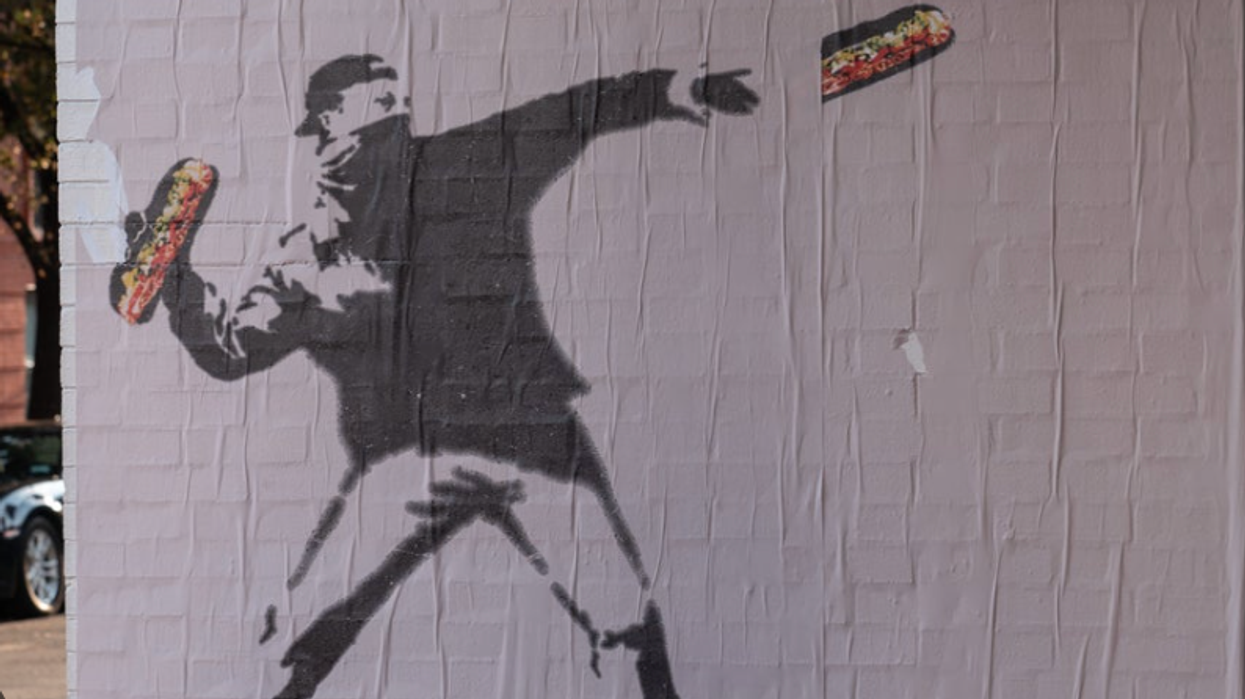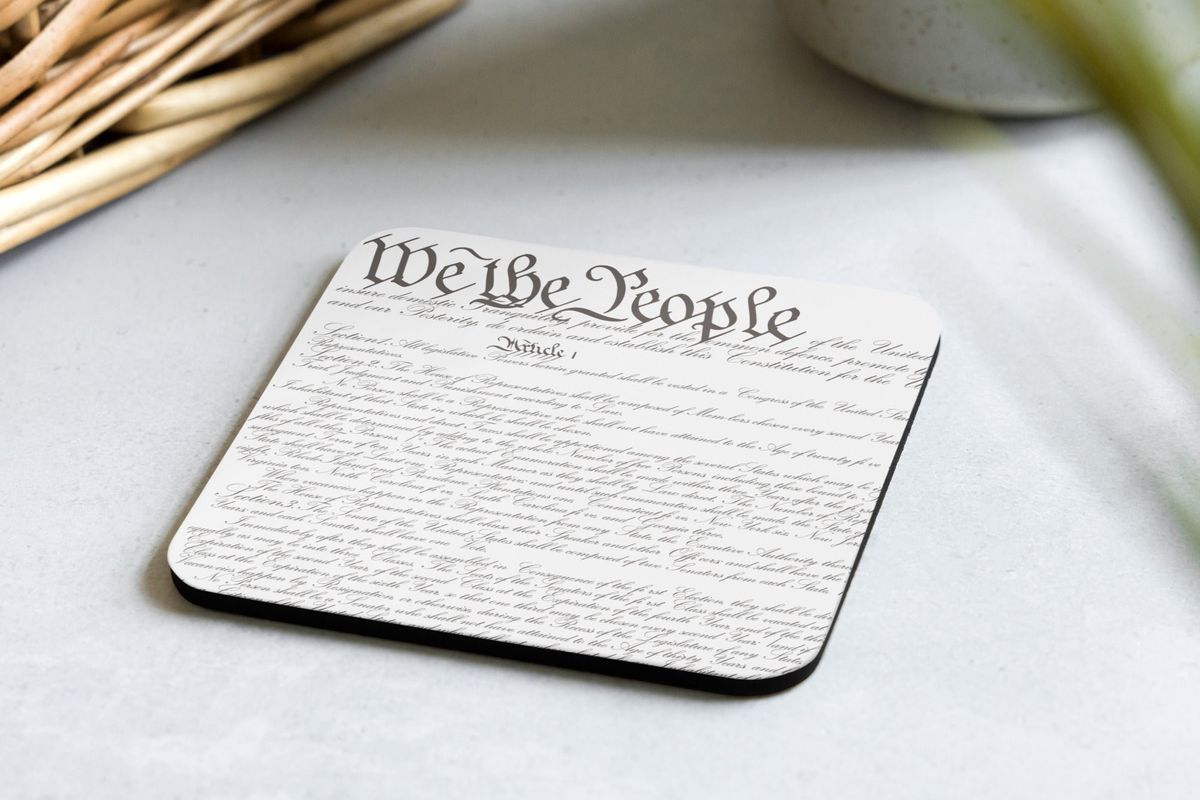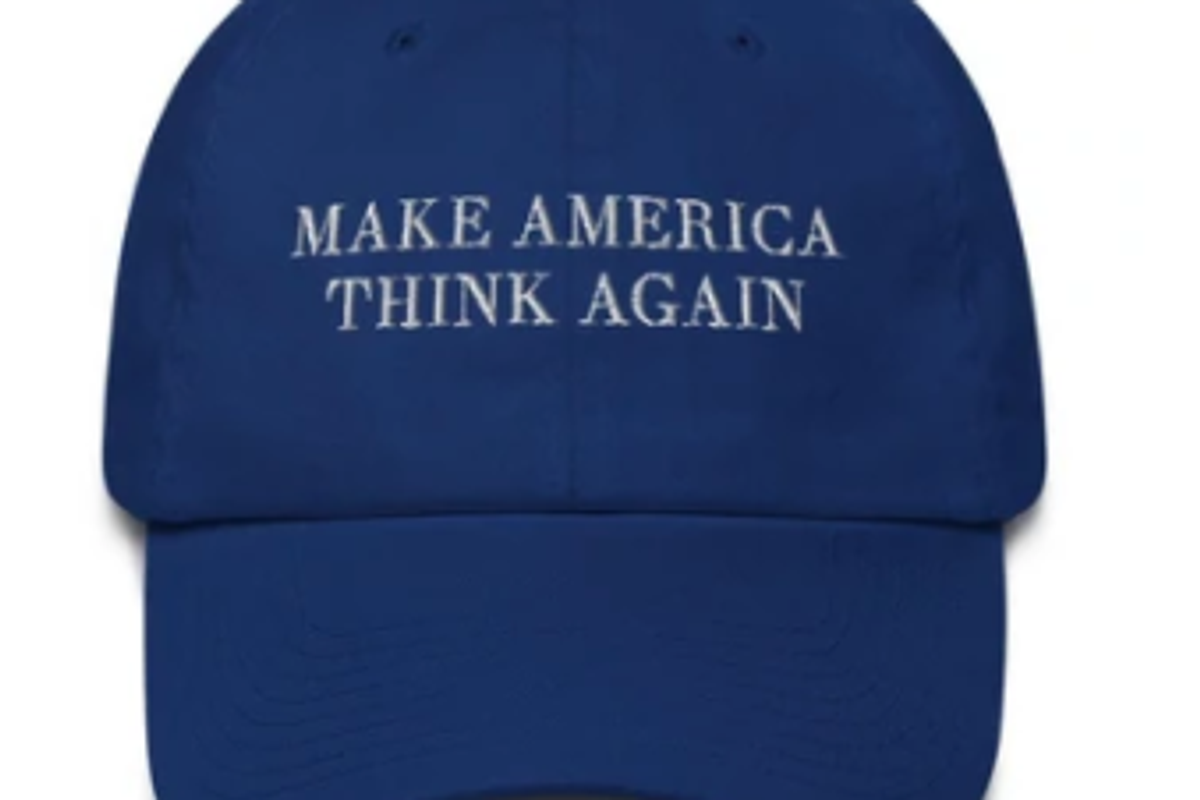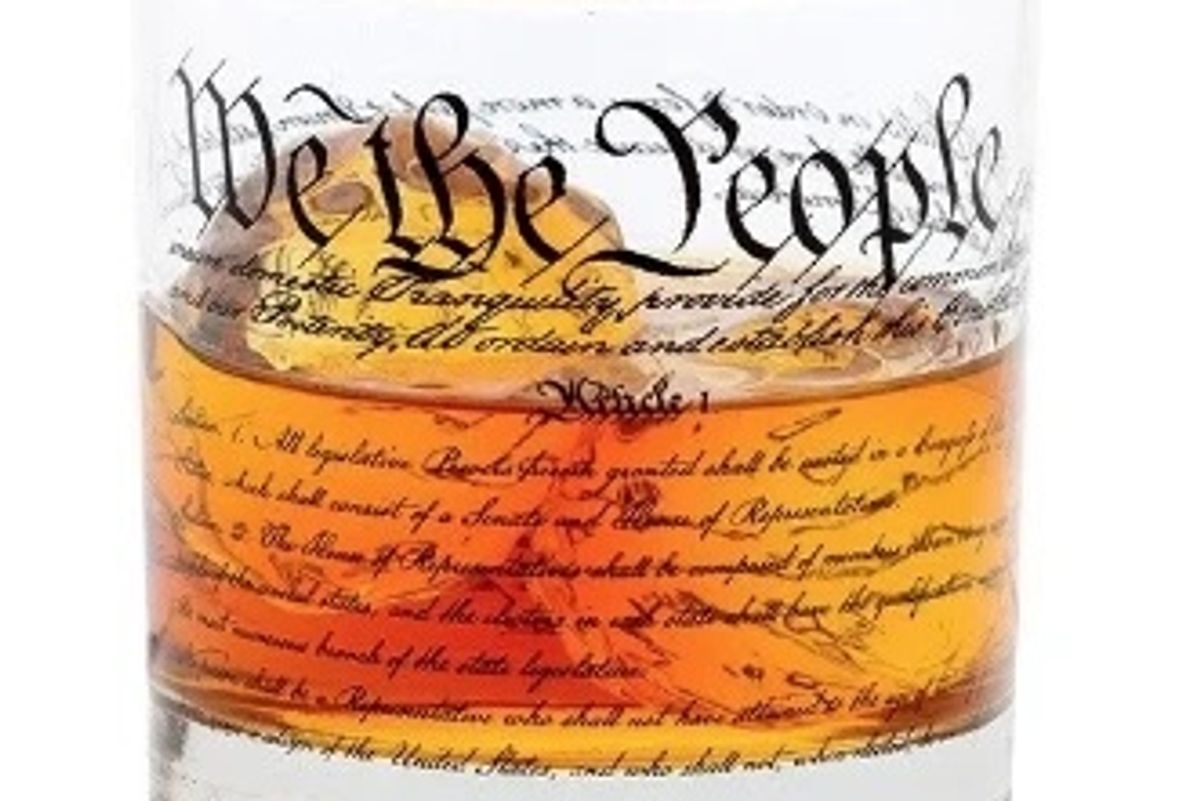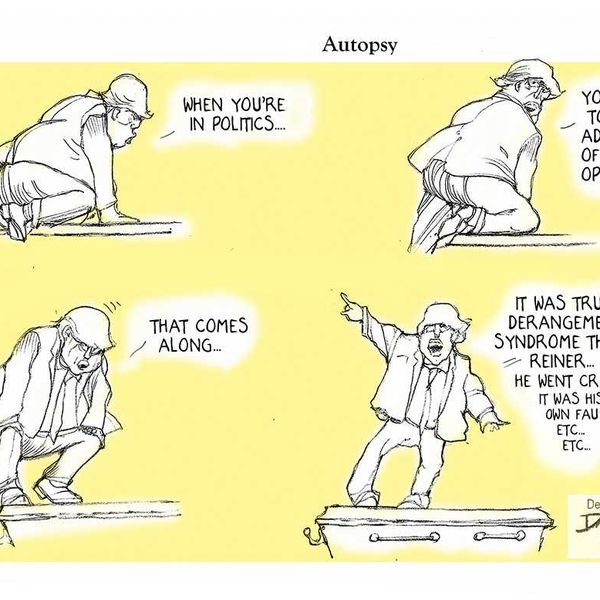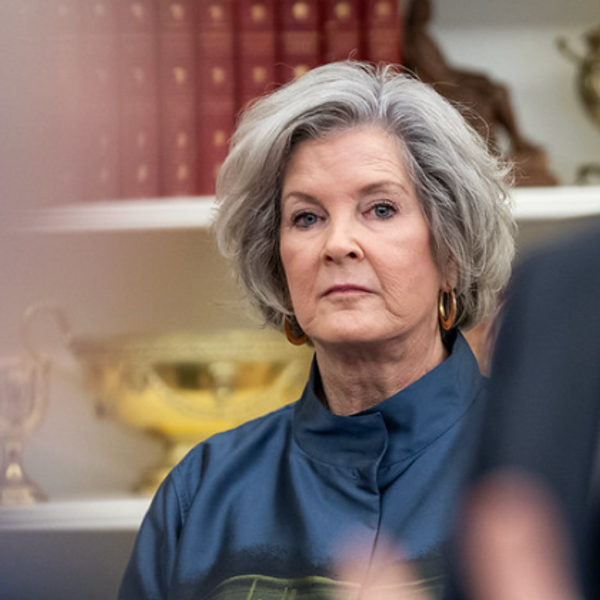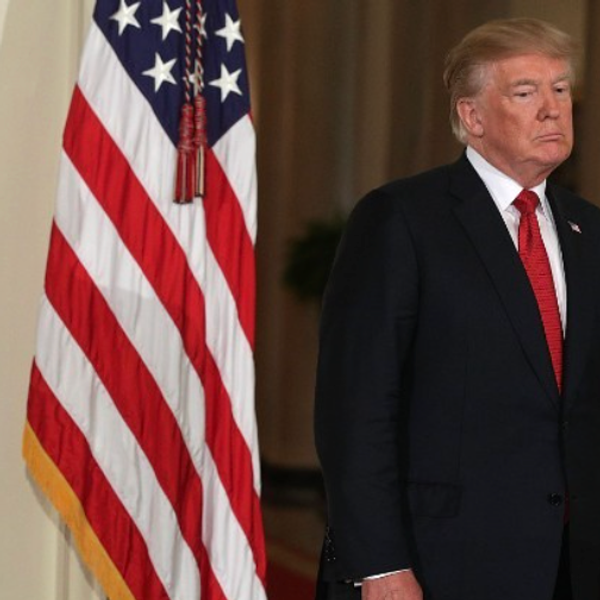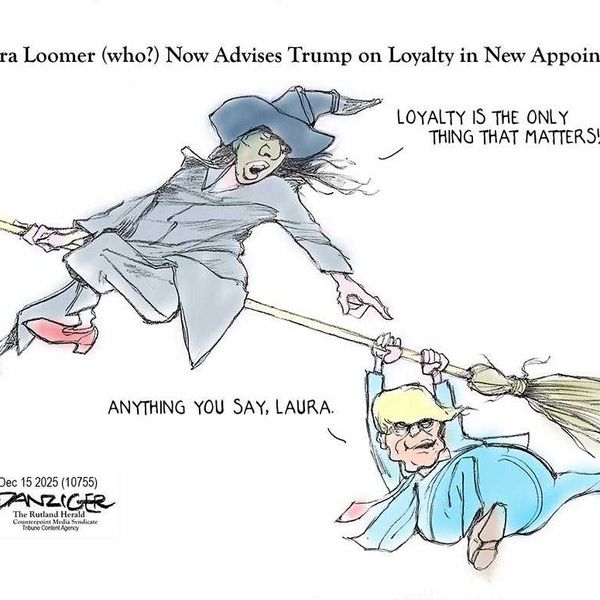If You Love Democracy, Prepare Now To Defend Free Elections In 2026
Democrats and other democracy well-wishers are spilling gallons of ink and a profusion of pixels on the question of whether ending the government shutdown was a blunder or not. I submit that either way, it won't matter very much if at all in 12 months — and the 2026 elections are where our attention needs to pivot right now.
After the most depressing year in American politics of my lifetime, the 2025 election results were like a defibrillator shock to a moribund body. The landslide percentages achieved by Abigail Spanberger and Mikie Sherrill; the record-smashing turnout in New York City; the huge Democratic gains in the Virginia House of Delegates; the sweep of three state supreme court seats in Pennsylvania; the lopsided results in obscure Georgia races, like for the public service commission; and the success of the California redistricting plan (a response to Texas' naked gerrymander) all point to the fact that the electorate — unlike CEOs, partners in major law firms, university presidents and media companies — is not surrendering to President Donald Trump.
Coming on the heels of the massive No Kings demonstrations across the nation, last week's elections are reminders that voters are the final bulwark against despotism.
Of course, these races should not be overinterpreted. Democrats tend to turn out in greater numbers for off-year contests than Republicans; the GOP's Virginia gubernatorial candidate was off-putting; and Democrats ran disciplined campaigns. But the biggest drag on Republicans was something that felled Kamala Harris and is unlikely to change markedly by this time next year: prices remain high. Millions of non-MAGA voters supported Trump because they believed his promise to restore the 2019 economy. That he cannot do, and wouldn't be able to accomplish even if he refrained from the boneheaded tariffs that are his delight.
Over the course of the past year, the question I've had the most difficulty responding to was also the one that was most often asked: What can I, as a citizen, do to counter this descent into authoritarianism? The No Kings rallies were one answer. The 2025 elections were another. And now, the next step is coming into focus.
The Trump team will also certainly attempt to rig the midterm elections while falsely claiming the elections are rigged against Trump. They have already begun. The mid-decade gerrymanders that the president has demanded of red states are a brazen effort to skew election results. It's Trump's style to do the corrupt things openly, so that they almost seem above board.
A president who pulled every lever, jiggled every handle and applied every kind of pressure he could think of, up to and including inciting a riot to prevent his successor from taking office deserves no benefit of the doubt about what he might attempt in 2026. Let's not forget that Trump entertained the possibility of using the military to confiscate ballot boxes in close states.
Still perseverating about the "stolen" 2020 election, Trump is already posting on Truth Social that he detects similar fraud in 2026: "No mail-in or 'Early' Voting, Yes to Voter ID!" he wrote. "Watch how totally dishonest the California Prop Vote is! Millions of Ballots being 'shipped.' GET SMART REPUBLICANS, BEFORE IT IS TOO LATE!!!"
The Justice Department sent "monitors" to polling sites in California and New Jersey, which may have been nothing, or it may have been a dry run for deploying large numbers of federal officials to intimidate voters. Since 2020, Trump has been able to install election deniers in key federal posts, most importantly as attorney general, and has created a new, MAGA-inflected paramilitary force in ICE. It is no stretch to imagine ICE agents snatching people from voting queues and thereby deterring U.S. citizens who speak with an accent or have dark skin from exercising their right to vote. God knows, they've already pulled any number of citizens into their unmarked vehicles and held them for hours.
Everyone can participate in the pushback. Thankfully, elections are local and state affairs, not federal, which means the Trump administration has limited power to interfere with the way votes are cast. Still, leave nothing to chance. Sign up to be an election worker. The turnover rate has increased since 2020, with 2 in 5 election workers leaving the job. Contact groups concerned with election integrity, like Protect Democracy, the Campaign Legal Center, the Brennan Center for Justice, the NAACP, States United Democracy Center, Society for the Rule of Law (especially if you have a law degree) or the Fair Elections Center. Contact your state representatives and senators to inquire about funding for election security measures. File Freedom of Information Act requests as American Oversight has done to discover if the Trump administration is preparing military or other deployments at election time next year.
We've witnessed what unified Republican control of the government has meant over the past 11 months. Winning back the House and, who knows, maybe even the Senate, is the whole ballgame now.
Mona Charen is policy editor of The Bulwark and host of the "Beg to Differ" podcast. Her new book, Hard Right: The GOP's Drift Toward Extremism, is available now.
Reprinted with permission from Creators

